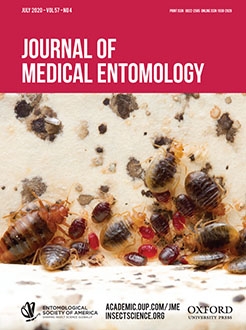Ticks can vector and transmit many pathogens and pose a serious human health threat throughout the world. After collection, many diagnostic laboratories must mechanically disrupt tick specimens for diagnostic testing and research purposes, but few studies have evaluated how well-commercial tissue homogenizers perform this task. We evaluated four commercially available tissue homogenizers: The Bead Ruptor 24 Elite, the Bullet Blender Storm, the gentleMACS Dissociator, and the Precellys 24. We quantitatively compared maceration level, nucleic acid quality, quantity, amplification, and DNA shearing to determine which machines performed the best. The Bead Ruptor 24 Elite had the highest overall score when disrupting a single, uninfected adult Amblyomma americanum (Linnaeus) (Ixodida: Ixodidae) and performed well in follow-on tests including disrupting individual juvenile samples and detecting pathogens from infected samples.
How to translate text using browser tools
23 January 2020
Choice of Laboratory Tissue Homogenizers Matters When Recovering Nucleic Acid From Medically Important Ticks
Amanda M. Jones,
Marshall T. Van de Wyngaerde,
Erika T. Machtinger,
Edwin G. Rajotte,
Thomas C. Baker
ACCESS THE FULL ARTICLE
It is not available for individual sale.
This article is only available to subscribers.
It is not available for individual sale.
It is not available for individual sale.

Journal of Medical Entomology
Vol. 57 • No. 4
July 2020
Vol. 57 • No. 4
July 2020
arthropod disruption
bead mill
tick pathogen
tick surveillance




